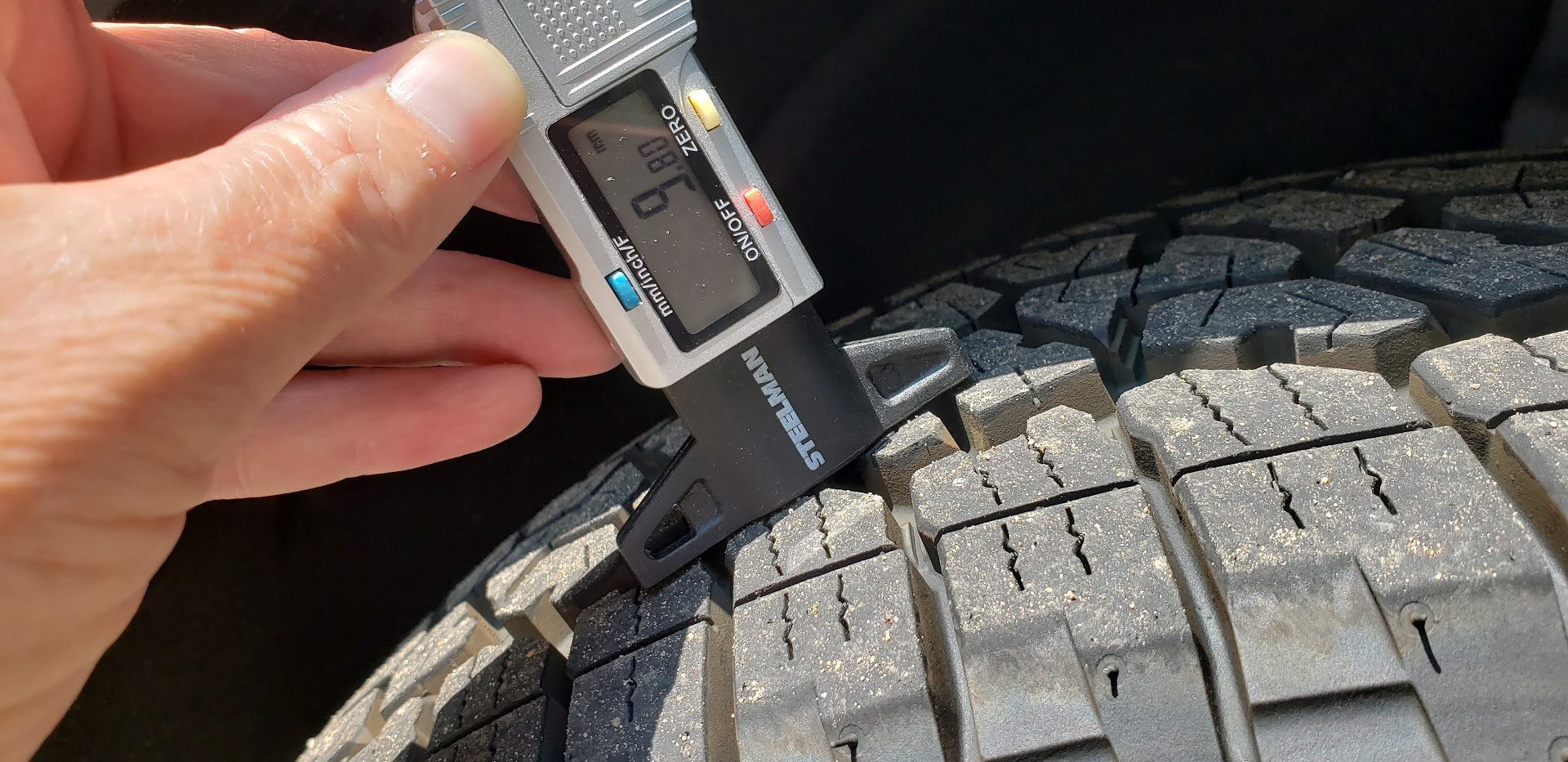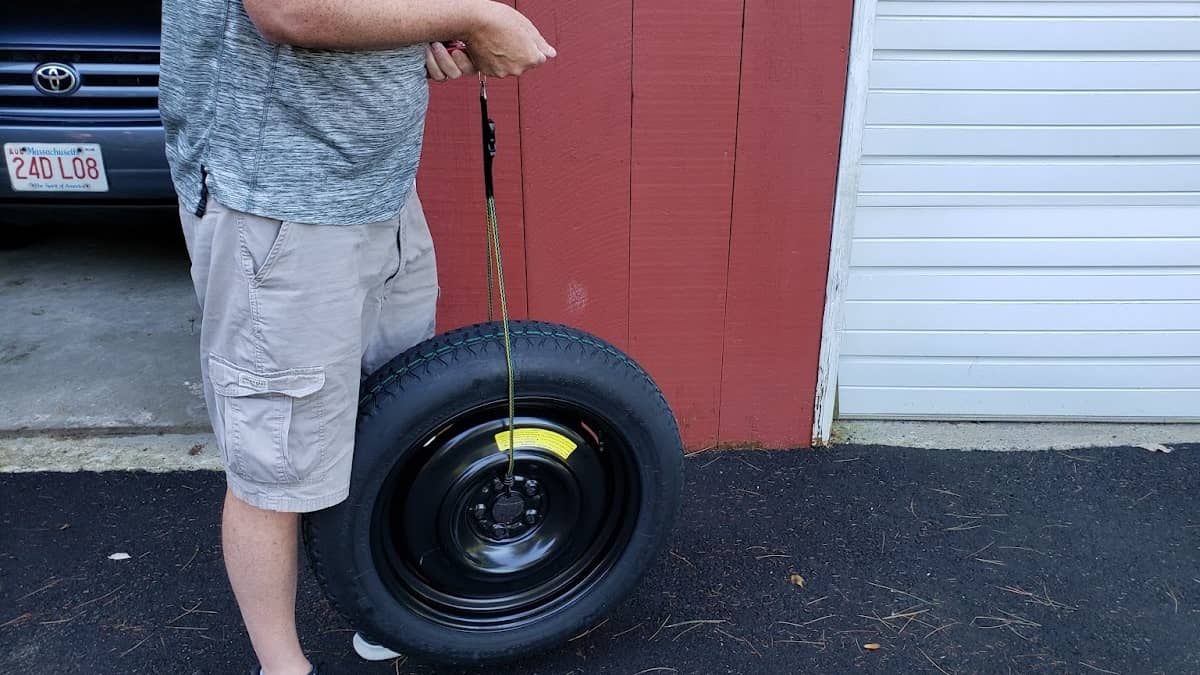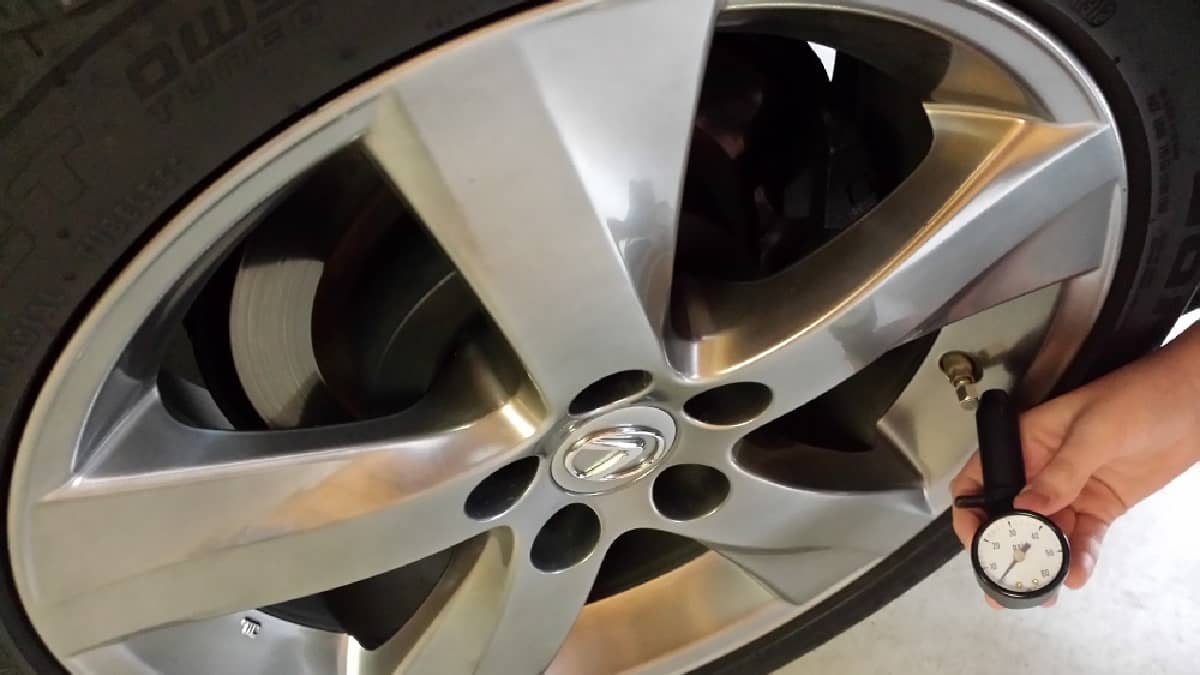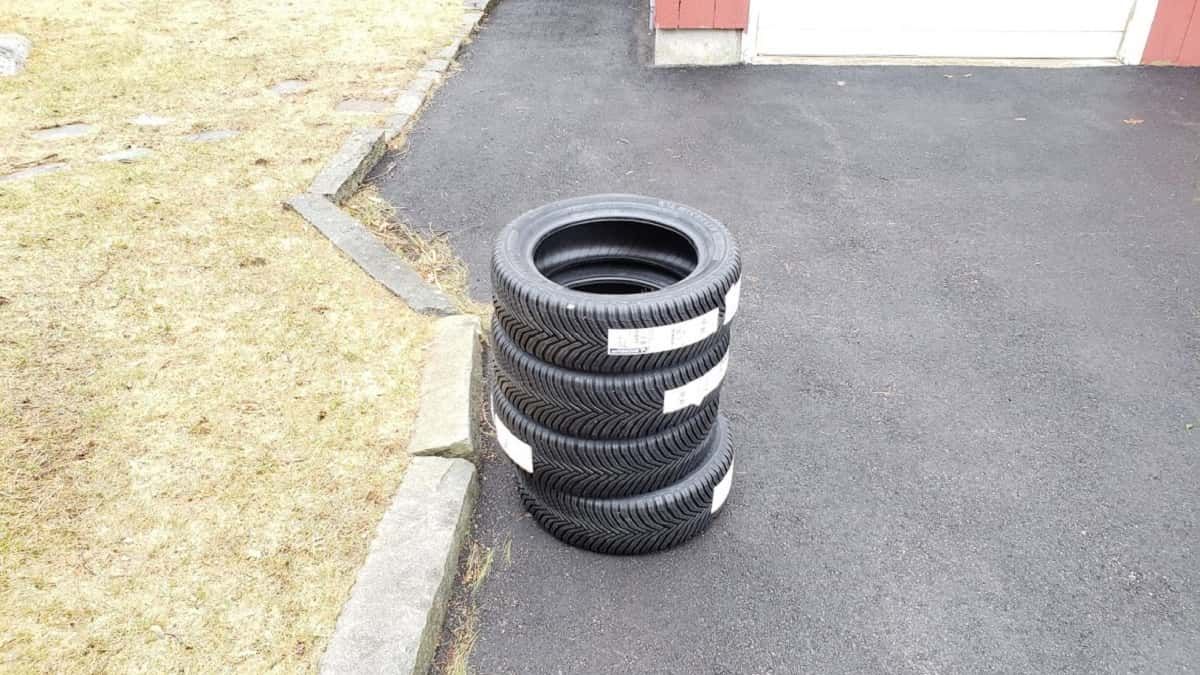Look at the reviews on Tire Rack or any online tire retailer, and you will find one definite trend. Many new tire owners report that when they first mount their new tires, they find that their fuel economy drops a bit. The drop is usually small, like a one or two mpg drop. The folks reporting this are being honest, and they really do observe this slight decline in fuel efficiency when the new tires are mounted. We can explain why this may be happening. We can also explain why it should not worry you as a tire shopper and vehicle owner.
Related Story: Michelin CrossClimate2 Tire Review Conclusion - The New 4-Season Standard
Before we go too far with this story on why your tire pressure drops when you buy new tires, we should add an important fact. It may not drop. Torque News has tested six tire models over the past year and carefully recorded our mileage before and after the new tires were mounted. We did not observe any meaningful change downward in the fuel efficiency of the vehicles serving as test mules. In fact, many of them saw a meaningful increase in efficiency. That disclaimer out of the way, many owners find that their mileage drops after getting new tires. Here are some facts around that issue, and also some reasons you may only think something has changed.
 Why MPG Drops With New Tires - You Bought Tires With Different Features
Why MPG Drops With New Tires - You Bought Tires With Different Features
When tire designers set out to create a new tire model, they have to choose which aspects of the tire’s performance they wish to enhance. This often means that another aspect of the tire’s performance will be diminished. Traction vs. fuel economy is one choice tire manufacturers have to make. No single tire is good at all things.
When you buy a new mainstream vehicle, the tires are generally chosen by designers seeking a quiet, smooth ride and a good fuel economy result. Snow traction, high-speed handling, and other aspects of the tire are likely minimized. There are some exceptions. If you buy a Jeep Wrangler Rubicon, the tires are going to be designed for off-road use. If you buy a Nissan Z NISMO the tires are going to be optimized for racetrack use. These are rare exceptions. Nearly all mainstream vehicles are shipped with OEM-specific all-season tires.
When you shop in the aftermarket for new tires to replace the ones that came with your vehicle, you are likely reading reviews looking for comments like “Great in snow!” or perhaps, “Super long lasting!” Both of these attributes are at odds with fuel economy.
Even if you do choose to buy the same tire the car came with, it still might not be exactly what the automaker put on. Tire companies provide automakers with tires with shorter lifespans and other changes to meet cost, noise, and fuel economy goals.
The difference in fuel economy between various tire models may not be much. Perhaps a smidge.
 New Tires Are Larger in Diameter Than Fully-Worn Tires
New Tires Are Larger in Diameter Than Fully-Worn Tires
Let’s say we had two tires on a shop bench. Both are Acme Super Roundies, and both were made on the same day. They are, for all intents and purposes, the exact same in all ways except one aspect. One tire is fully worn to its wear bars with just 2mm of tread depth remaining, and the other tire is new and not yet used. It has a full tread measuring 8mm. The new tire has a larger rolling diameter than the old used tire. How much larger is it? Well, based on the measurements stated in our example, the new tire is 12mm greater in outside diameter due to its full tread. For those of us still using Imperial units, that is a half-inch difference in rolling diameter. So, to summarize, new tires, even of the same exact specs and model, are bigger than older worn tires.
The odometer in your car counts rotations to calculate miles driven. Tires with less tread will record more driven miles per rotation than tires with more tread. What this means is that when you mount new tires your fuel goes toward rolling the vehicle along farther per measured mile. That means more fuel is used per measured mile. The upshot of this is that new tires fake out your odometer and mpg average computer. The car does not realize that the odometer is not recording the same driven miles. The result is that your mpg displayed goes down another smidge.
 New Tires Are Heavier Than Fully Worn Tires
New Tires Are Heavier Than Fully Worn Tires
Another aspect of fuel economy is weight. Really, it's mass, not just weight in the direction of gravity. New tires weigh more than used tires. The reason is the same as our example above. More tread means more weight. And wheel weight counts for a lot when it comes to fuel economy because wheels act like flywheels. Heavier wheels require more energy to start turning and more energy to stop turning. Ask any racecar driver about this. The difference between a new and old tire of the same model may be just ounces. However, the weight difference between an all-season tire optimized for fuel economy and an all-terrain tire with reinforced sidewalls may be many pounds. The result is your fuel economy may be reduced by another smidge. Now we are at three smidges.
 Tire Pressure Matters - Did You Buy Tires In Fall By Any Chance?
Tire Pressure Matters - Did You Buy Tires In Fall By Any Chance?
While three smidges may result in a small loss of fuel economy, perhaps an mpg, tire pressure differences can make a very large difference in fuel economy. Easily as much as three mpg, based on our testing. If your old tires were filled in spring and then gained pressure as temperatures rose over the summer, your tires may be helping your fuel economy due to this higher-than-specified pressure.
Now, if your mechanic fills your new tires with nice warm air inside the nice warm shop and you then head home just as a cold snap comes, your tires may lose pressure as the ambient temperatures go down. Tires lose about one psi of pressure for every 10 degrees F in temperature drop. If the tires were filled when temps were 75 F, and then you head out on a cold 35F morning, your tire pressure has declined by about four psi. That will reduce your fuel economy meaningfully. So far, we’ve seen four ways that swapping to new tires may change your observed fuel economy. All of them are physics in action. The next is due to impatience.
Your Observation Is Based On Too Short A Window
If you’re like me, you rely on your car’s mpg average display to tell you what your fuel economy is. We know from testing those displays that they can be off by as much as 10%. So, a two mpg drop when you were getting 25 mpg is certainly within the accuracy span of that device.
More importantly, your mpg average will keep averaging unless you zero it. That means your long highway trips at your best mpg rating are factored into the average. If you get new tires on Monday during lunch and then check the mpg display after a week of commuting in traffic, your average is not really your average. You’ve been slogging in traffic all week, burning up gas while driving comparatively few miles without that occasional fuel-efficient four-hour highway ride to grandma’s house to boost up the average mpg.
When we test tires, we don’t reply exclusively on the short-term mpg average display to tell us what our mileage is. Instead, we record our miles over thousands of miles, and then we divide by gallons put into the fuel tank. Literally miles driven per gallons used. This often gives us a very different answer than what the mpg average display on the dash reads.
Conclusion - MPG Changes Due To New Tires May Be Real, But Not Meaningful
Short-term observations about mpg changes after buying new tires are real. People truthfully report what they observe. However, the tires on a car can last three to five years. Over that span, they get slightly smaller and slightly lighter. This will change the mileage upward. More significantly, pressure changes caused by differences in temperature can make mpg vary by a bigger percentage. Finally, short-term mpg averages are not reliable indicators of a car’s true yearly average.
We offer this advice. Shop for ties based on reviews and brand reputation, but try reading reviews of the tires by those who professionally test them. You will get more and better information than a few paragraphs quickly typed into a website by a fellow consumer.
Photography by John Goreham
John Goreham is an experienced New England Motor Press Association member and expert vehicle tester. John completed an engineering program with a focus on electric vehicles, followed by two decades of work in high-tech, biopharma, and the automotive supply chain before becoming a news contributor. In addition to his eleven years of work at Torque News, John has published thousands of articles and reviews at American news outlets. He is known for offering unfiltered opinions on vehicle topics. You can follow John on Twitter, and connect with him at Linkedin.





